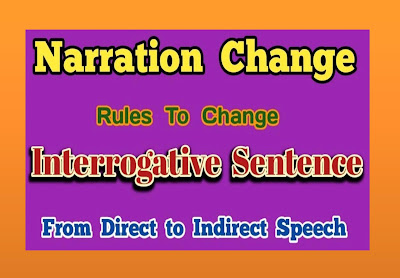Lesson Plan of Interjections in English Language
Lesson Plan of Interjections in English
Language
Grade V
Students` Learning Outcomes
- Write short texts in speech bubbles and cartoon strips using vocabulary, tone, style of expression appropriate to the communicative purpose and context.
Information for
Teachers
- Interjections show strong feeling, for example oh! (Surprise), Hurry! (Joy), Ouch! (Pain), Eek! (Fear) Oops! (Mistake or blunder), Mmmm! (liking), and Yuck! (Disgust)
- Interjections have an
exclamation mark “I” after them to express strong emotions such as anger,
surprise, happiness, etc.
- Students should be able to infer the context of the situation from the picture /cartoon strip.
- Formulaic expressions and phrase used are, as;
- What a/an (adj+noun) to express opinion, emotion, as;
- What a beautiful day!
- What a pretty flower!
- Communicative purpose is also determined by the context, as;
- To apologize, to seek permission, to request, to express gratitude, express wishes, etc.
- Emotions are simple expressions shown through a round face.
Material / Resources
Writing board,
chalk/marker, duster, textbook, attached worksheet
Introduction
- Write ‘Hurry!’ on the writing board and ask the students what could have happened? (Possible answer would bed as; Good news, victory, etc.)
- Encourage the students to say dialogues using ‘Hurry’ to express joy!
- Ask pairs of students to read the following dialogue aloud, with expression. Sample dialogues are, as;
1st student: “Hurry We
won the match!”
2nd student: “That`s great!
Let`s celebrate!”
1st student: “Yes, let`s have a
party!”
- Ask students to give feedback to each other, as;
- Did they read it with the right expression?
- Was too much or too little emotion?
- Introduce the concept of interjections. Tell them that the emotions can`t be shown on paper but we can use punctuation to show how a particular word was said, for example through exclamation mark.
Development
Activity 1
- Draw or paste the pictures on a chart of a playground and show it to the students.
- Ask the students to tell what is going on in the pictures?
- Write the word ‘Ouch’, ‘Yuck’, ‘Wow’, ‘Ah’, ‘Oops’, ‘Eek’ Etc. on the writing board and repeat how they are used at least three times.
- Show the picture with the speech bubbles to the students.
- Ask them to infer/guess from the expression of the children the emotion or feeling that each interjection is showing, as;
- What are the characters saying in these particular situations? Eek! (Repulsion or fear), Oops! (Mistake or blunder), Mmmm! (liking), Oh! (Surprise) and Yuck! (Disgust)
Activity 2
- Ask the students to write in groups a 3-4 lines dialogue that uses 2-3 of the interjections.
- If they can`t think of any ideas, help the students to think of the situations wherein they themselves were very happy or angry, etc.
- Once they are ready with their dialogue, ask each group to present their short dialogue.
- Monitor and help the students.
Sum up /Conclusion
- Ask the students: as;
- What are interjections?
- Say the interjections aloud.
Assessment
- Ask the students to say some sentences to communicate some information to others.
Follow up
- Ask the students to observe their family members and friends what they are doing and what expressions and interjections they are using at home and write them in their notebooks (not more than five).




Thank you for a nice lesson tip. By the way, the interjection for joy is "hooray", not "hurry" ;-)
ReplyDelete